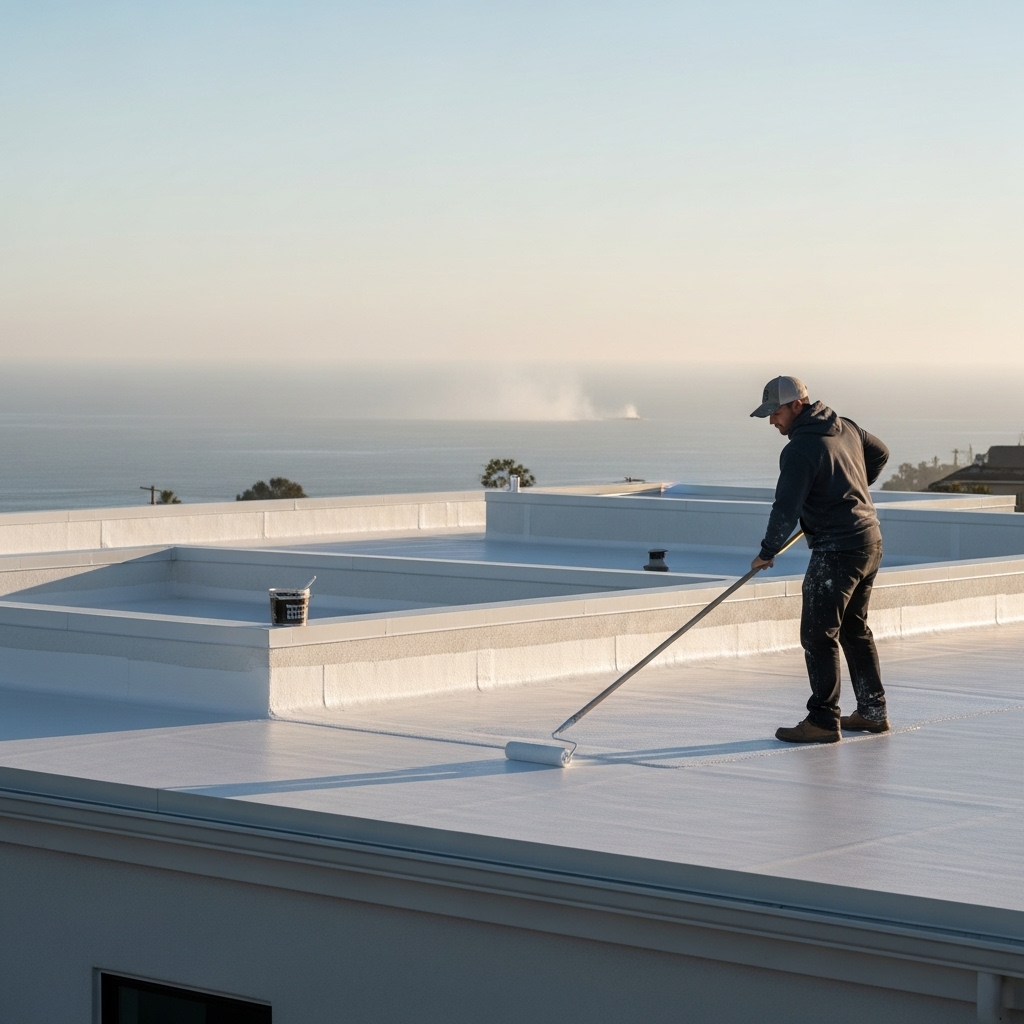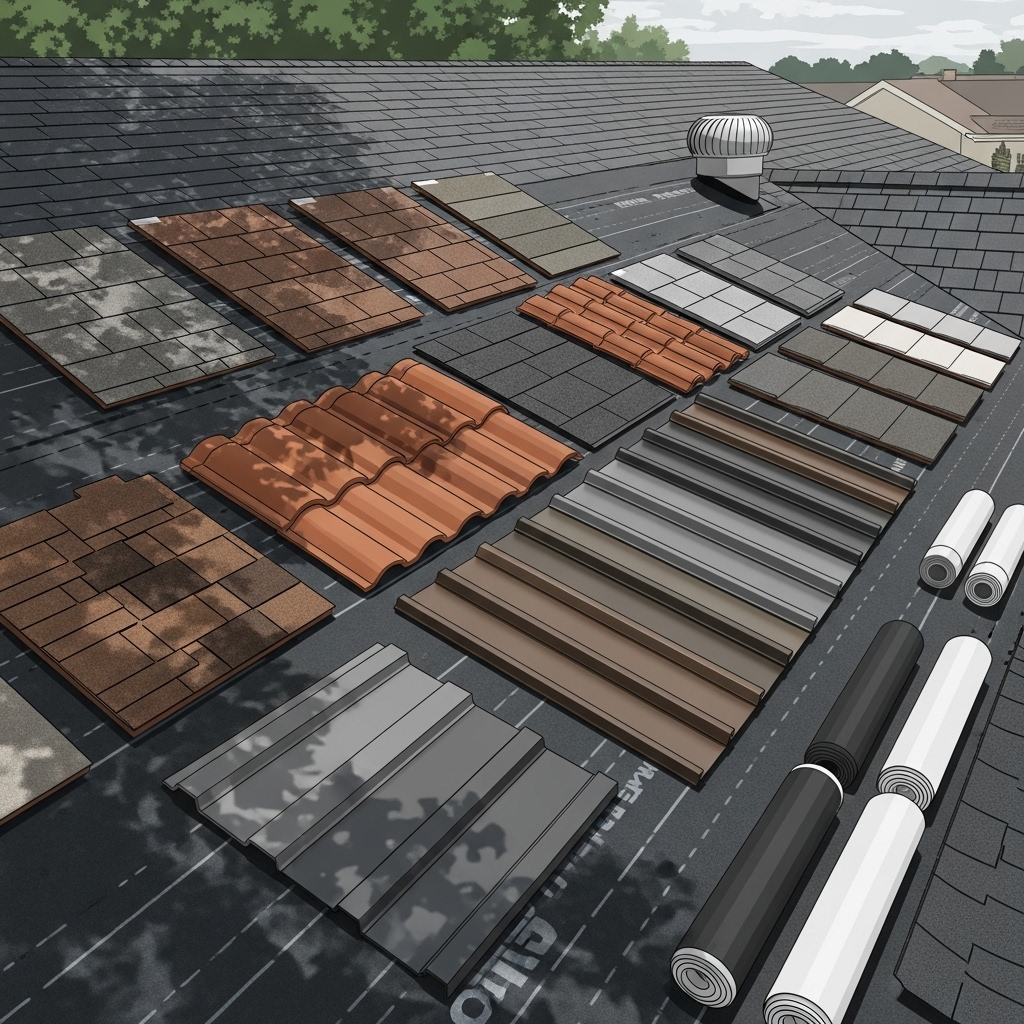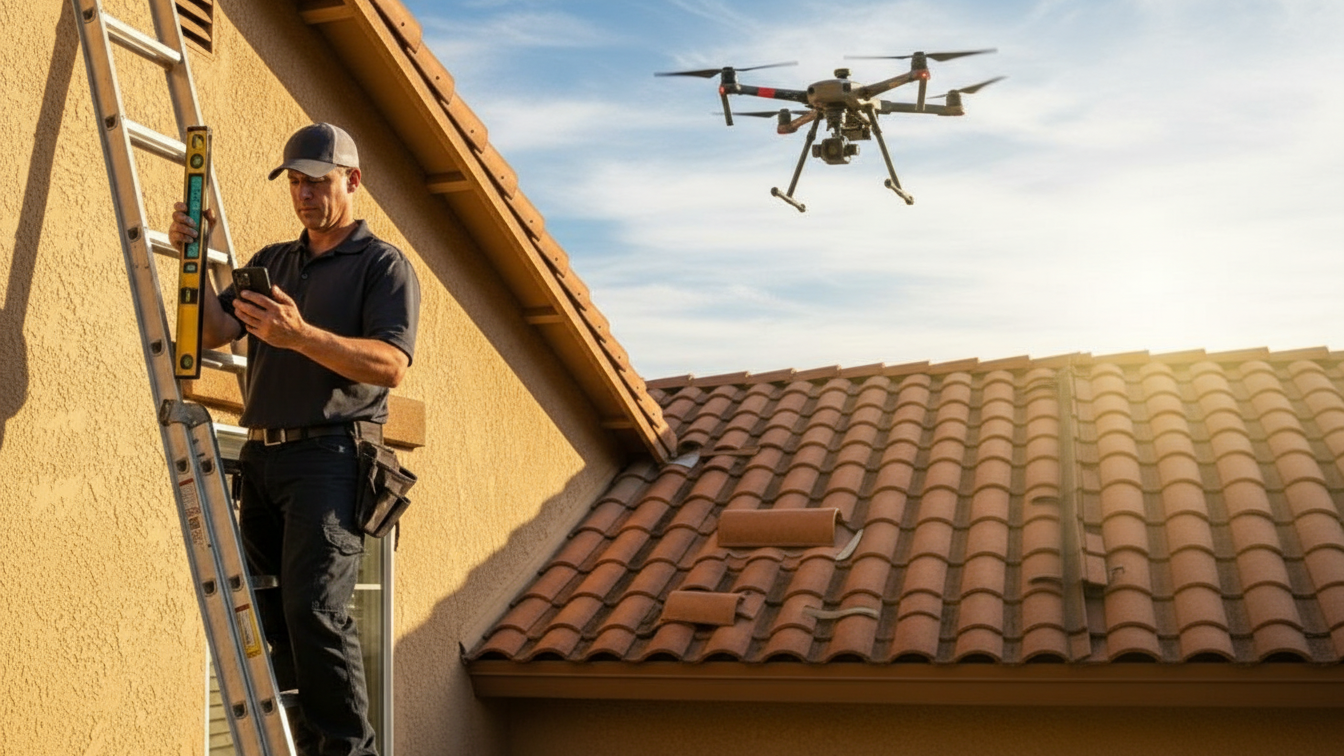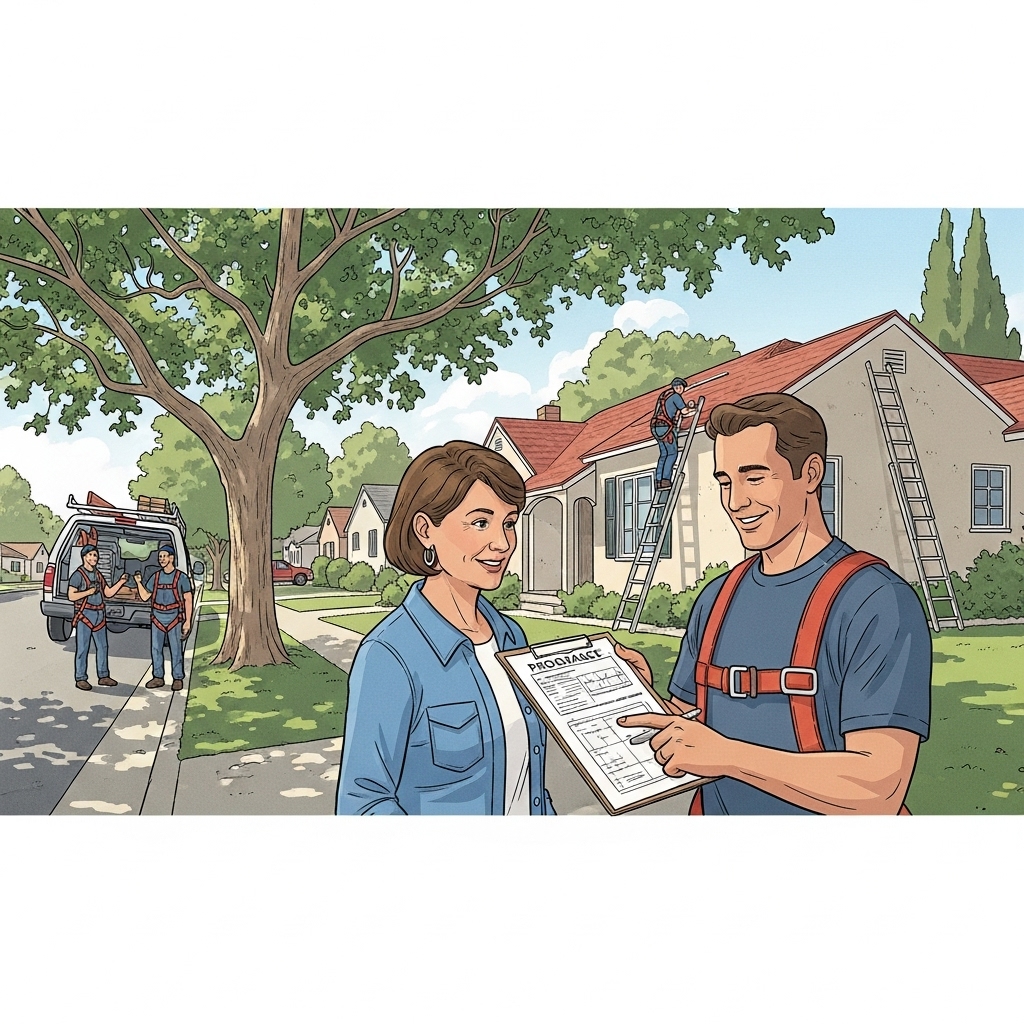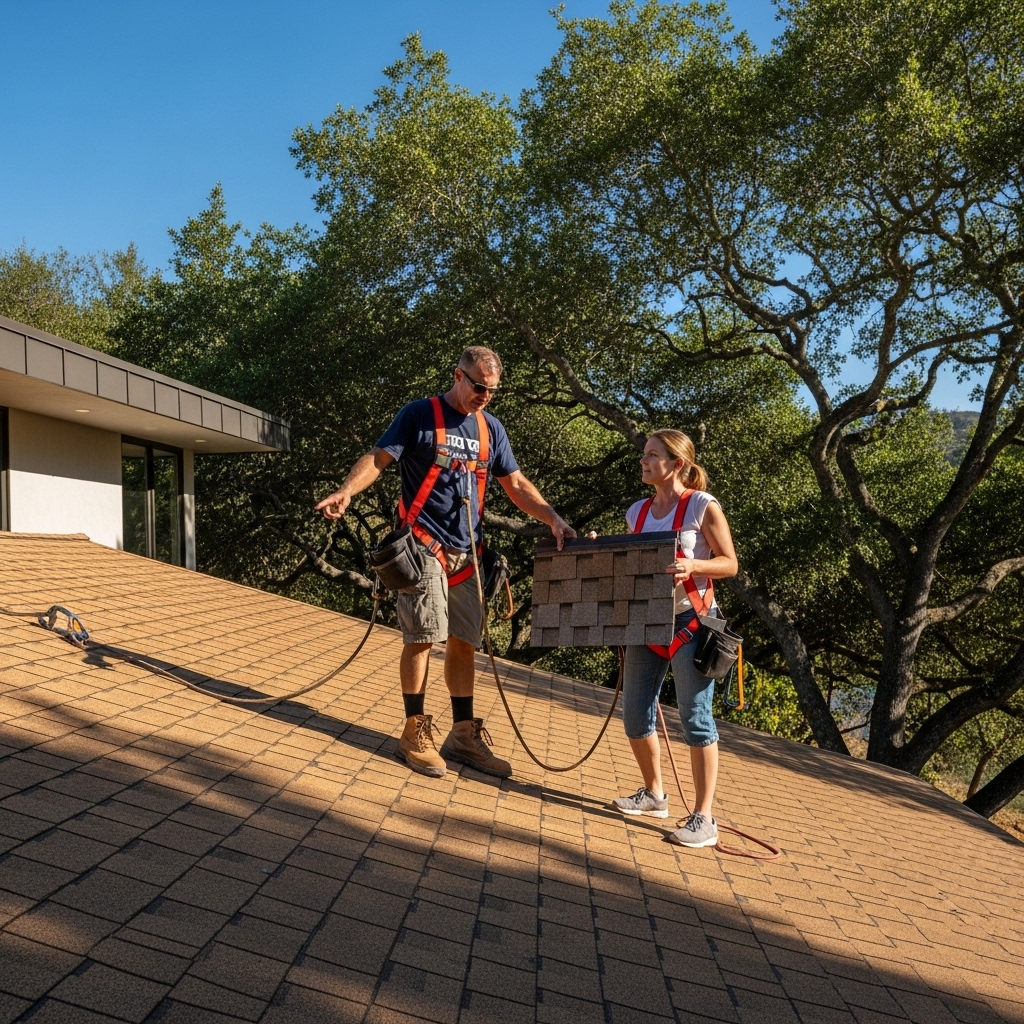On Santa Barbara’s coast, a roof wakes up under a soft blanket of marine layer, dries in a burst of late-morning sun, and then faces breezes laced with salt and fine sand. Those daily rhythms reward homeowners who choose the right coating system for their roofs. A well-specified cool roof coating reflects heat, seals out moisture, and resists UV degradation, all while standing up to seaside conditions. If you are just beginning to explore options, it helps to frame the conversation around preparation, product chemistry, and the contours of your particular home. To see what is possible and how modern systems can blend with local architecture, many residents start with a broad overview of cool roofing and then narrow toward coating solutions suited to the South Coast.
Why coatings make sense for coastal roofs
A fluid-applied coating turns the entire roof surface into a continuous protective layer, with fewer seams and opportunities for water to enter. In Santa Barbara, that matters during misty mornings, post-fog drips, and light rains that test roof transitions more than heavy downpours do. Coatings can also rehabilitate aging membranes and cap sheets by sealing hairline cracks and refreshing reflectivity, which often fades as surfaces accumulate dust and salt. When chosen and installed correctly, a coating enhances thermal performance, reduces surface temperature under intense sun, and extends the functional life of the roof beneath it.
The chemistry behind durability
Not all coatings behave the same way under marine exposure. Acrylics have excellent reflectivity and are easy to clean, making them popular for bright white finishes on low-slope roofs. Silicones resist ponding water and hold their color under relentless UV, a strong choice for roofs with tricky drainage or shaded zones. Polyurethanes provide toughness and abrasion resistance, useful near mechanical equipment or areas with foot traffic. A licensed contractor will weigh these chemistries against the realities of your home: wind exposure on the Mesa, salt spray near Shoreline Park, or the still, sunny afternoons common inland toward San Roque.
Surface preparation is the hidden hero
Coatings succeed or fail based on what happens before the first gallon is opened. On the South Coast, preparation starts with a careful wash to remove salt crystals, dirt, and organic residue from nearby trees. Seams are reinforced where needed, blisters are addressed, and penetrations get special attention. The contractor may recommend priming certain substrates to improve adhesion, especially on older roofs with chalking surfaces. At each step, they are building a stable foundation so the coating adheres uniformly and cures into a resilient skin.
Detailing edges, penetrations, and drains
Coastal homes often have character-rich details: parapet walls framing decks, skylights over breakfast nooks, and vent stacks clustered near kitchens and baths. These junctions are where coatings demand extra care. Reinforcement fabric might be embedded at seams, transitions receive a caulk compatible with the coating, and scuppers are checked for smooth, unbroken paths to carry water away. The goal is graceful water movement, with a surface that sheds rain and dries quickly after mist or fog.
Color, reflectivity, and neighborhood character
Homeowners sometimes assume that a coated roof must be stark white. In reality, coatings come in a range of light hues that keep high solar reflectance while softening the visual profile at the roof edge. That can matter near the Riviera or in areas where a roofline is visible from a terrace. Choosing a tint that harmonizes with stucco, paving, and landscaping ensures the roof reads as part of the home rather than a retrofit. A skilled contractor will present sample swatches in natural light so you can see how they sit against your walls and the changing sky.
Coatings for different roof types
Low-slope roofs are the most common candidates for coatings, whether over built-up roofs, modified bitumen, or older single-ply membranes. But coatings also support distinct situations: sealing the tops of parapet walls, refreshing a metal roof with a reflective layer, or detailing around skylight curbs to unify mixed materials. For homes with both pitched and flat sections, the flat portion might receive a coating while the sloped areas get high-reflectance shingles or tile. This hybrid approach keeps the entire roof system working together, with matching color families and complementary reflectance values.
Managing ponding in a place with gentle rains
Santa Barbara’s rains are often gentle and intermittent, which can be both a blessing and a challenge. Light rainfall allows small depressions to hold water longer than a storm’s downpour would. On roofs where ponding is expected, silicones are often chosen because they resist long-term water exposure. Still, a thoughtful contractor looks upstream at drainage corrections: reshaping crickets, easing transitions around skylights, and ensuring scuppers are unobstructed. When ponding is mitigated at the design level, the coating’s job gets easier and performance improves.
Cleaning and maintenance in a marine environment
Salt and fine dust settle on roofs day after day. Over time, this thin film can dull a coating’s reflectivity and limit its thermal benefits. Maintenance in Santa Barbara focuses on gentle cleaning that preserves the coating while rinsing away buildup. A soft wash paired with routine checks of drains and gutters keeps reflectivity high. The rhythm of these tasks often aligns with seasonal changes: a rinse after the windiest months, a check before the first fall showers, and quick clears after a week of foggy mornings.
Compatibility with solar and rooftop equipment
Many coastal homes integrate solar arrays or have rooftop HVAC equipment. Coatings can coexist comfortably with both, provided the penetrations and supports are detailed with compatible sealants and fabrics. A contractor familiar with local solar providers will coordinate mounting locations to maintain continuous coating fields and ensure water flows around stanchions. The result is a clean, serviceable layout that helps both systems perform well.
Environmental benefits that fit local values
Cool coatings reflect sunlight back into the sky, reducing the amount of heat absorbed by buildings and the community. That aligns naturally with Santa Barbara’s sustainability goals, where attention to energy use and outdoor comfort are part of daily life. Reflective roofs ease the workload on mechanical systems, encourage open windows on warm evenings, and complement water-wise landscapes by keeping patio spaces more inviting at midday.
Working with a seasoned professional
The best outcomes start with a conversation on site, when a contractor can see how light moves across your roof and where the wind tends to land. They will ask about any leaks after foggy mornings, note areas where pigeons gather, and check the integrity of flashing around skylights or chimneys. They may also suggest small design refinements to improve drainage before coating, because a coating performs best on a roof that already manages water well. This approach is equal parts listening and building science.
Midway through a project discussion, homeowners often want to compare coating chemistries side by side. That is an ideal time to revisit the fundamentals of cool roofing and see how a reflective coating fits into a complete roof system—substrate readiness, edge metal condition, and venting all included. Looking at the whole picture ensures the coating you choose is not just bright on day one, but resilient for years.
Homes near the ocean versus inland neighborhoods
Life a few blocks from the beach demands more attention to corrosion and salt. Roof edges, fasteners, and exposed metal details benefit from coatings or finishes that resist oxidation, and sealants are chosen for compatibility with seaside conditions. Inland neighborhoods, by contrast, can run slightly warmer on calm days. There, maximizing reflectivity and coordinating with attic ventilation become primary considerations. Licensed contractors navigate these nuances naturally because they work across the full range of our microclimates.
Timing and weather windows
Coatings require the right conditions to cure: stable temperatures, dry surfaces, and enough daylight to maintain pace. In Santa Barbara, that often means starting after the marine layer lifts and pausing if a mist returns. Contractors map these windows into the schedule, which keeps application consistent and ensures the film forms evenly. It is a dance with the weather that local crews know well.
How coatings age gracefully
All materials change with exposure. Good coatings age predictably: they hold reflectance, resist chalking, and respond well to cleaning. When the time comes to renew, the process is typically straightforward because the substrate remains protected. That lifecycle—apply, maintain, refresh—works in favor of coastal homeowners who prefer upgrades that integrate into their routine without constant attention.
Questions homeowners frequently ask
People often ask whether a coating can fix every leak. The honest answer is that coatings are excellent at sealing continuous surfaces, but they perform best on roofs already sound in structure and drainage. A contractor will tackle repairs first, then coat.
Another question is whether a coating will peel in salty air. With proper preparation and a chemistry suited to marine conditions, coatings adhere tenaciously. Regular rinsing helps maintain appearance and performance.
Homeowners wonder about the glare from white roofs. Selecting a slightly tinted, still highly reflective color can soften brightness while maintaining thermal benefits, especially where roof edges are visible from patios.
People also ask how often to clean. The answer depends on exposure, but gentle rinsing once or twice a year is common along the coast, with quick checks after windy spells.
Finally, there is curiosity about compatibility with future solar. Coatings can be paired with solar successfully by coordinating attachment points and detailing penetrations carefully before panels are installed.
FAQ: Which coating is best for ponding areas?
Silicone is often preferred where water lingers because it resists prolonged moisture exposure. That said, addressing drainage design is the first step to long-term success.
FAQ: Can I tint a coating to soften the look?
Yes. Many systems offer light, reflective tints that preserve high solar reflectance while blending with the home’s palette. Samples viewed outdoors help finalize the choice.
FAQ: Will a coating work on a metal roof near the beach?
Absolutely. Proper surface preparation, corrosion control on fasteners and seams, and a compatible coating can refresh and protect metal roofs in coastal conditions.
FAQ: How long does preparation take?
Preparation time depends on roof size, condition, and details. Expect a careful cleaning, repairs, and reinforcement at transitions. Your contractor will sequence work around weather to protect the roof at each stage.
FAQ: Do coatings change indoor comfort?
Yes. By reflecting sunlight and reducing roof surface temperature, coatings help interiors stay more even, especially during warm afternoons after the marine layer clears.
Ready to refresh your coastal roof?
If your home is ready for a reflective upgrade that respects seaside conditions and neighborhood character, talk with a local professional about a tailored coating system. Review examples, walk the roof together, and align on a maintenance plan that fits your routine. To see how coating solutions fit within the broader family of reflective roofs, explore trusted resources on cool roofing, then schedule a site visit to map out your project with confidence.

